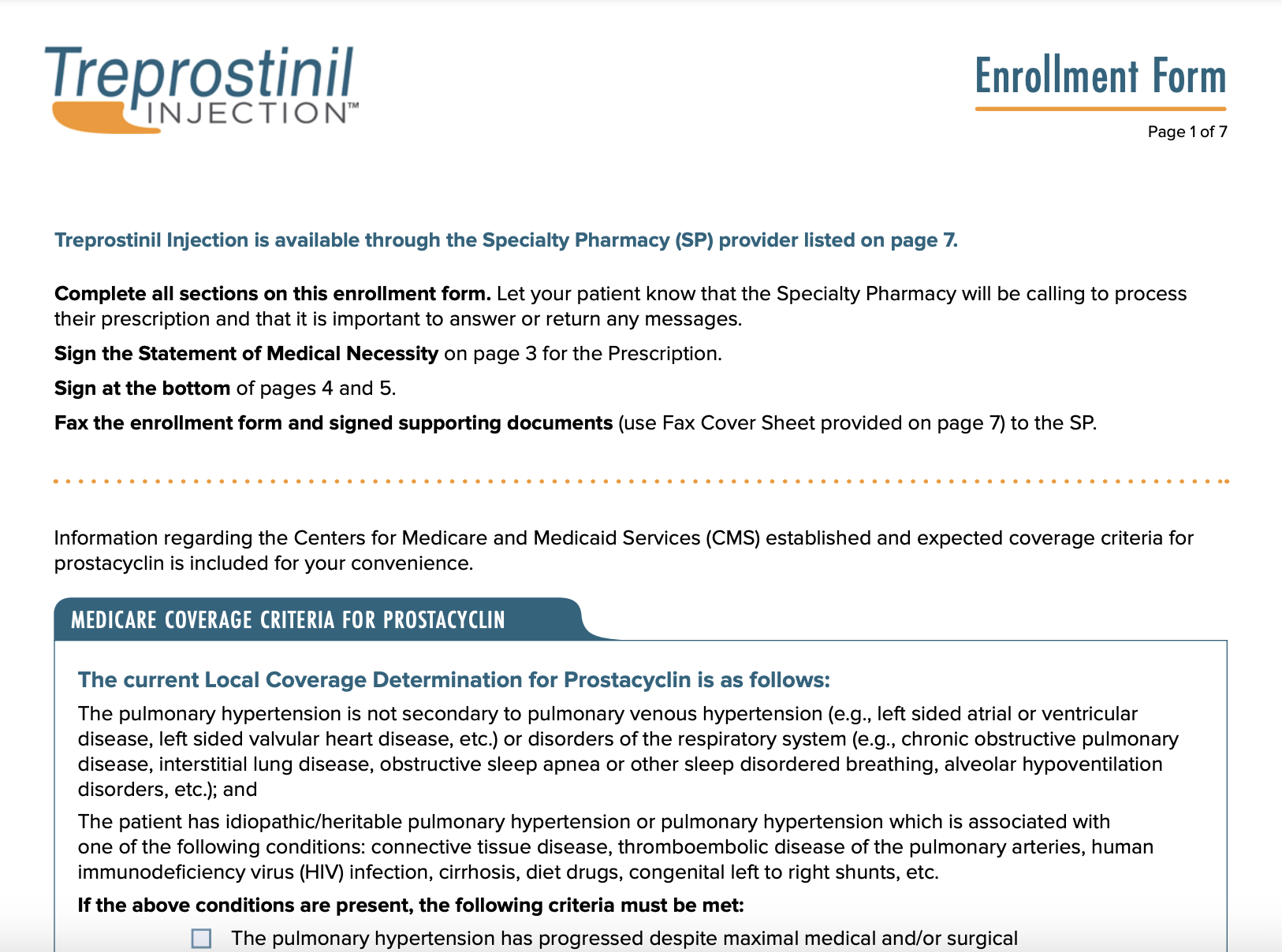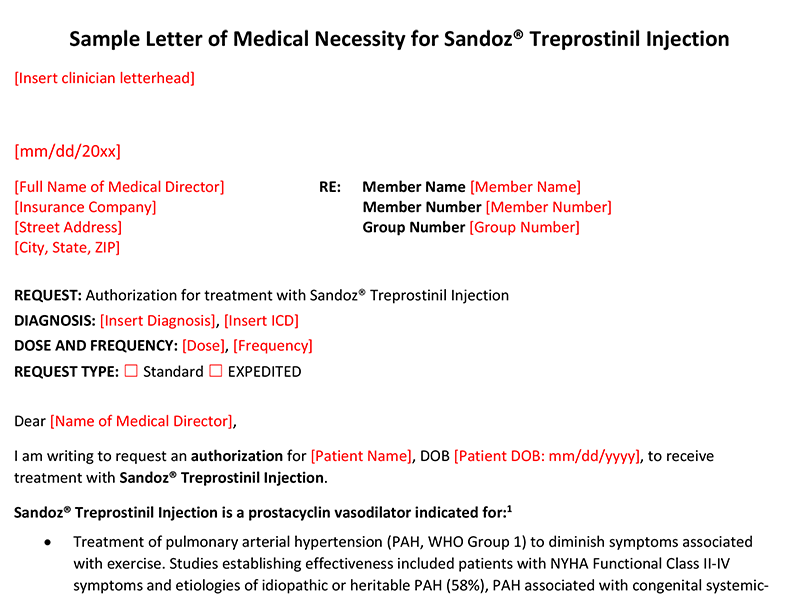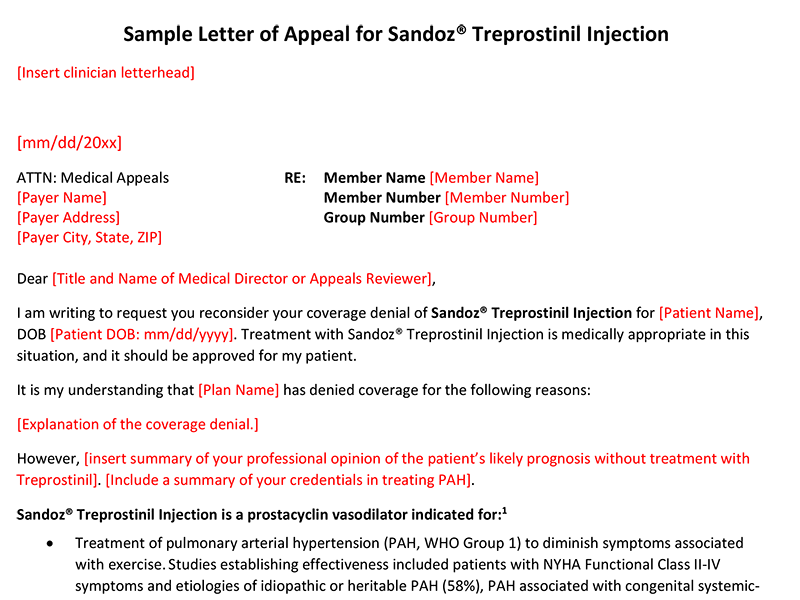Resources
Downloadable forms and sample letters for your convenience
Help ensure that your patients receive the medication you prescribe.
Information and financial assistance for patients
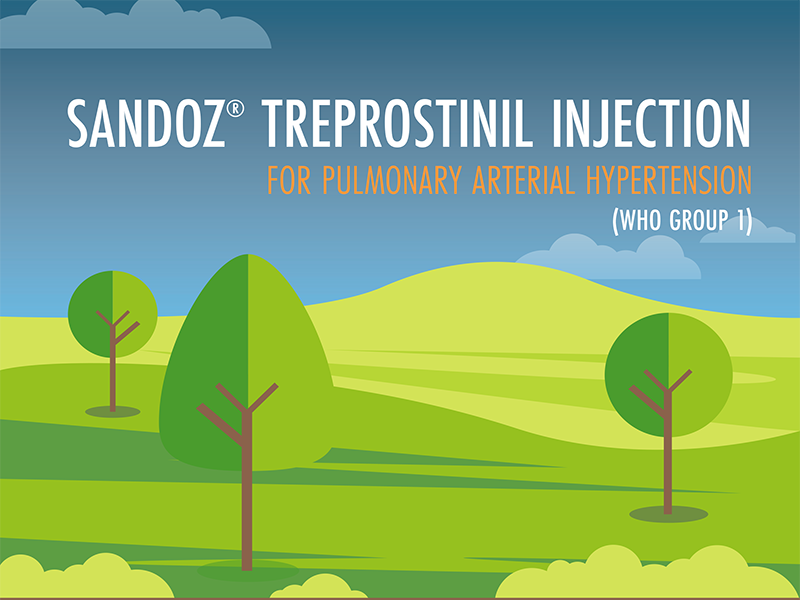
Facilitate patient education with this downloadable brochure.
Download
Facilitate patient education with this downloadable brochure.
Download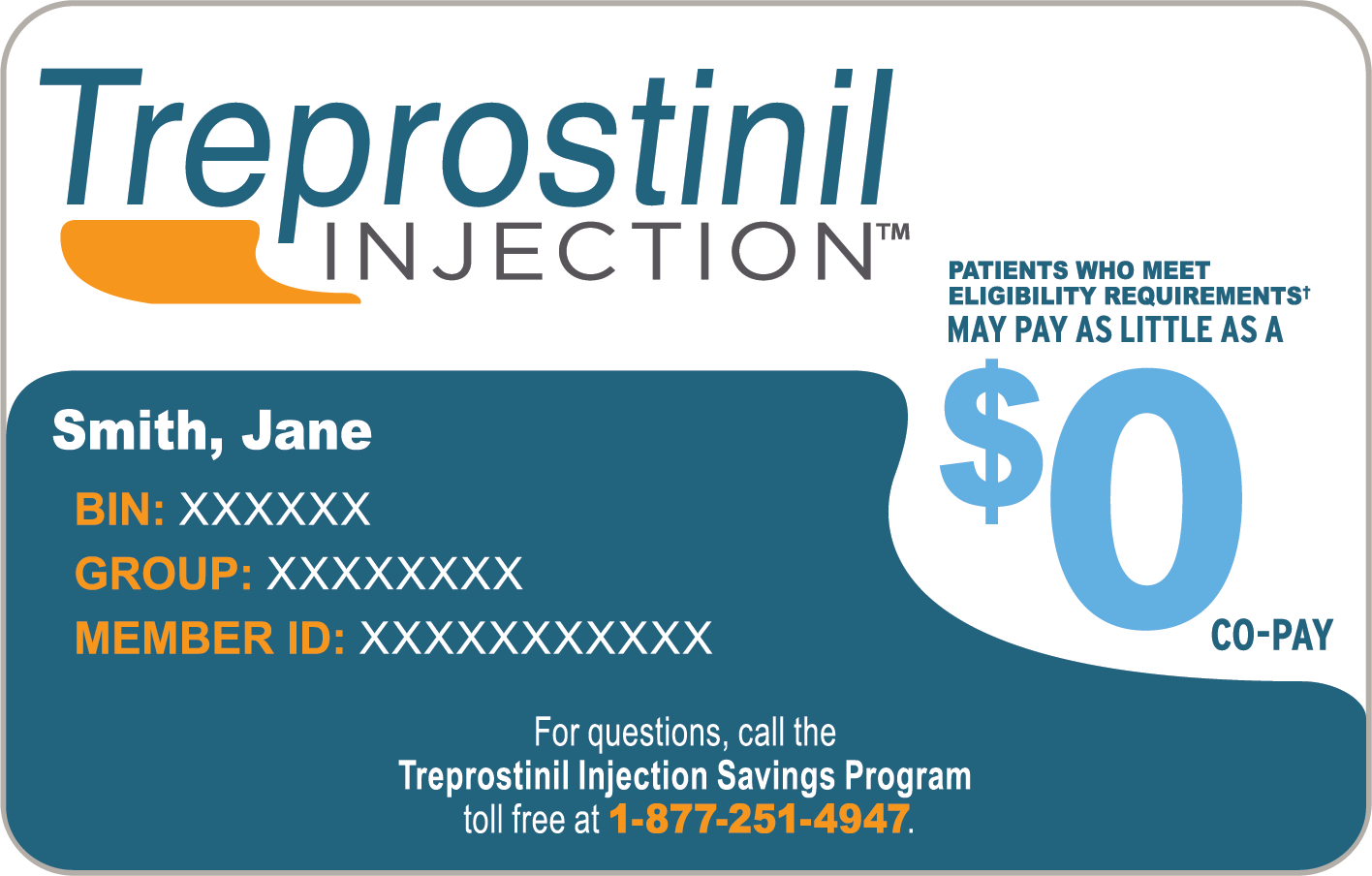
Treprostinil Injection co-payment assistance may be available for patients who qualify.* Your patients may pay as little as $0 per prescription filled for Treprostinil Injection.
about the Treprostinil Injection Savings Program.
*Sandoz Treprostinil Injection Savings Program Eligibility
The Sandoz Treprostinil Injection Savings Program provides annual support for patient cost-sharing for prescriptions filled with Sandoz Treprostinil Injection. Your commercially insured patients may pay a co-pay as low as $0 out-of-pocket per Treprostinil Injection prescription filled. Your patient pays the first co-pay for their Treprostinil Injection and Sandoz will pay the balance of their cost-sharing. This program is not health insurance. This program is for commercially-insured patients only; uninsured cash-paying patients are not eligible. Patients are not eligible if prescriptions are paid, in whole or in part, by any state or federally funded programs, including but not limited to Medicare (including Part D, even in the coverage gap) or Medicaid, Medigap, VA, DOD, or TriCare, or private indemnity, or HMO insurance plans that reimburse your patient for the entire cost of their prescription drugs, or where prohibited by law. Card may not be combined with any other rebate, coupon, or offer. Card has no cash value. Sandoz reserves the right to rescind, revoke, or amend this offer without further notice.

